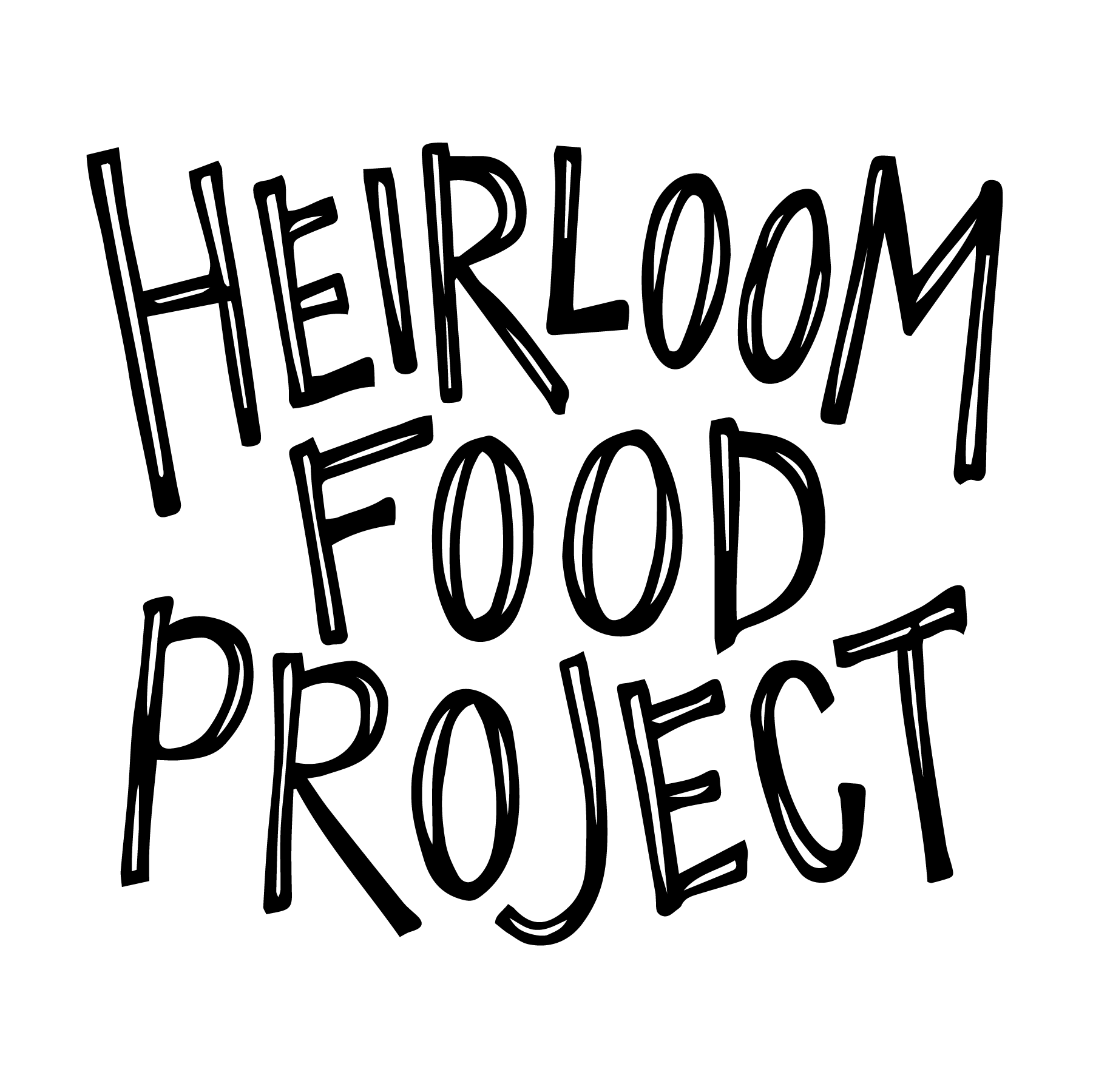Since moving to Denmark 3.5 years ago, a seed of an idea germinated in my head. Somehow, in some format I wanted to ‘give light’ to restaurants run by immigrants: people like me who live in a country not of their birth, whose stories cover the spectrum of the migration experience.
Read MoreSome years, deep into July I’ll glance at my pale skin and my untouched bathing suit and snap to the realization: “Oh my gosh, it’s summer!”
As a child, summer would loudly announce itself on the last day of school. That marked a clear transition from days defined by early morning wakening and late evening homeworking to the glorious days of sleeping till ten and playing outside past dark.
When that last school bell rang, it was unquestionably, officially summer.
But now, in full blown adulthood, I’ve learned that it’s up to me to acknowledge the season. Nobody is going to pull me out from behind my laptop, walk me outside, and slap an ice cream cone in my hand.
It’s on me—and any of us who can easily get swept up in the day-to-day routines—to partake in our own rituals that squeeze the most out of summer.
This year, picking bright, sweet fruit has been my tactic...
Read More“Eat your broccoli. It’s good for you.”
Has this been said to you? Perhaps you were scrunching up your face in disgust as your parent or caretaker used the health angle to get you to eat something green already. Appealing to a person’s desire to be healthy isn’t just a tactic employed at the home dining table; it’s used by food companies and media all the time.
But first, a history lesson.
Read More“Why does our asparagus come from Peru?”
I read that question and paused to mentally scan all past asparagus labels I’ve seen at grocery stores. Yeah, why does most of our asparagus come from Peru?
Alan Beattie investigates this question in False Economy: a surprising economic history of the world. He writes, “it may strike you as odd that…a cost-effective industry spontaneously emerged to airlift a perishable green vegetable thousands of miles around the world from the remote western coast of Latin America.”
That does, in fact, strike me as odd. Is it because Peru has especially good soil for asparagus? A perfect sun angle? Trade secrets that no one else knows?
Read MoreRhubarb has a history of perplexing us humans. It was a mystery to me for a long time (still is, really). It looks like red celery and has a stunningly sour taste. Not to mention, the leaves are poisonous.
My experience with rhubarb up until a few years ago is this: if someone put a slice of strawberry rhubarb pie in front of me, I would gladly eat it. But that was it; I never sought it out. Anything beyond the classic combo was out of my range.
I bet I’m not alone in my narrow experience. In the U.S., rhubarb is known as the “pie plant.” But, I knew there had to be more to the story than pie.
Read MoreIf I had a ‘before’ and ‘after’ picture for the appreciation I gained for the potato this month, the difference would be dramatic.
Before, when I thought about potatoes, this is what came to mind: french fries, Lay’s potato chips, the starch that accompanies a protein and a vegetable for a complete meal according to dietary guidelines, mayonnaise-y potato salad, and mashed potatoes (with gravy on Thanksgiving; with pork, sauerkraut, and peas for good luck on New Year’s).
Specific memories came to mind, too.
Read MoreIt’s February. The trees are bare, the air is chilled, and the days are short. It’s that time of year when creativity bursts forth from constraints.
Right now, it’s easy to scour the kitchen for something to cook and conclude that there’s not a whole lot. But I urge you to look closer. You probably have onions.
Read More







